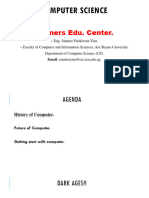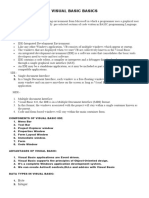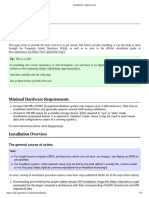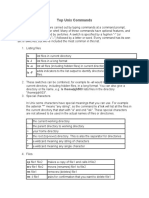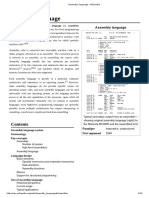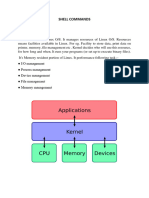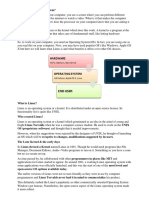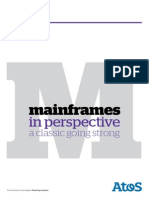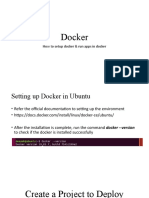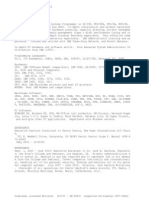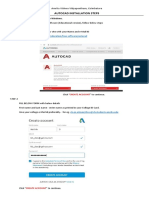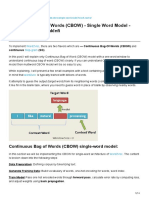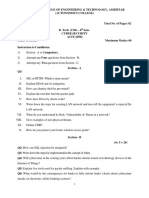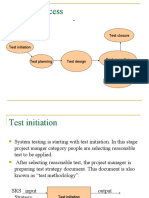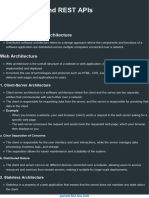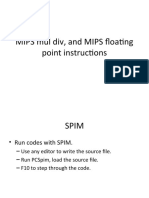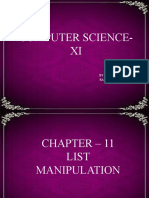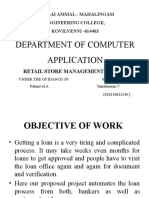0% found this document useful (0 votes)
86 views58 pagesEvolution of Programming Languages: From Start To The Present
This document provides an overview of the evolution of programming languages from early precursors to modern languages. It discusses early written algorithms from Babylonians and Mohammed al-Khorezmi, and notes that Ada Lovelace wrote algorithms for Charles Babbage's analytical engine, one of the earliest general-purpose computers. The document then covers the development of modern languages like FORTRAN, COBOL, ALGOL, Smalltalk, Prolog and others through the 1950s-1970s and their influence. It notes the rise of scripting languages and how C became widely used with object-oriented derivatives like C++ and Java.
Uploaded by
kalyanaramanCopyright
© © All Rights Reserved
We take content rights seriously. If you suspect this is your content, claim it here.
Available Formats
Download as PDF, TXT or read online on Scribd
0% found this document useful (0 votes)
86 views58 pagesEvolution of Programming Languages: From Start To The Present
This document provides an overview of the evolution of programming languages from early precursors to modern languages. It discusses early written algorithms from Babylonians and Mohammed al-Khorezmi, and notes that Ada Lovelace wrote algorithms for Charles Babbage's analytical engine, one of the earliest general-purpose computers. The document then covers the development of modern languages like FORTRAN, COBOL, ALGOL, Smalltalk, Prolog and others through the 1950s-1970s and their influence. It notes the rise of scripting languages and how C became widely used with object-oriented derivatives like C++ and Java.
Uploaded by
kalyanaramanCopyright
© © All Rights Reserved
We take content rights seriously. If you suspect this is your content, claim it here.
Available Formats
Download as PDF, TXT or read online on Scribd
/ 58





